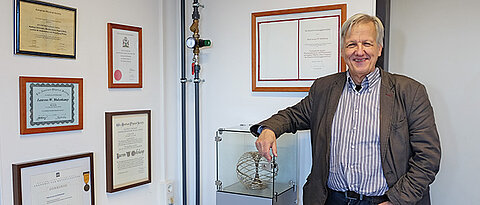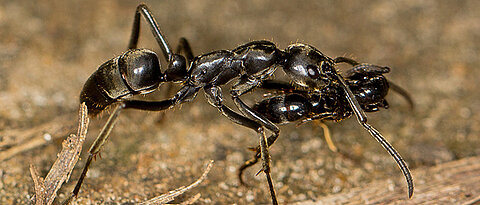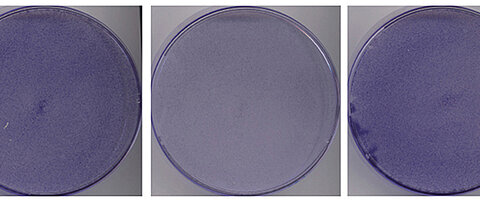From Würzburg into the world
06/30/2017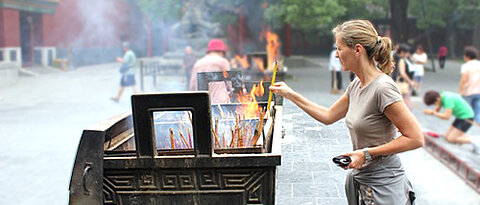
Kathrin Krause-Harder studied political science at the University of Würzburg. She worked as an office manager in the Southeast Asia studio of public-service television broadcaster ZDF. Today she lives in Singapore and works as a freelance business coach.
more

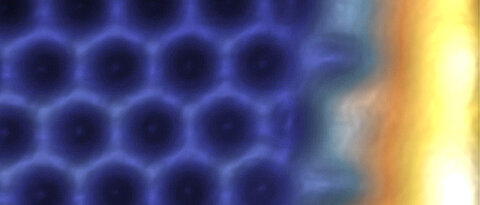
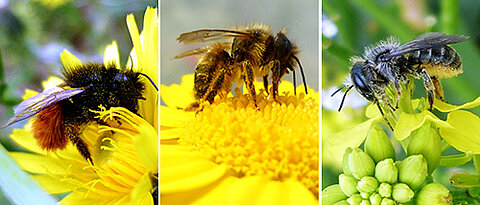

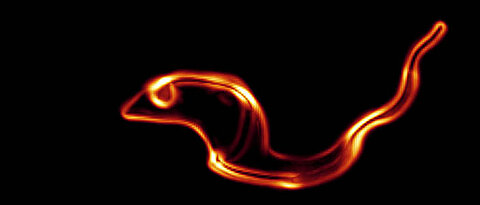
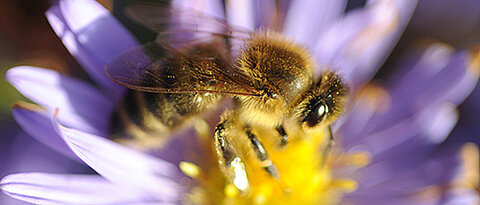
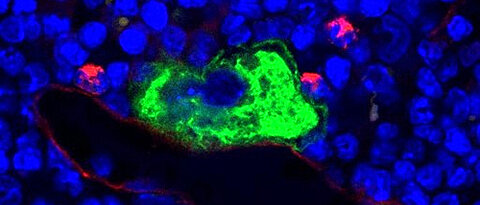
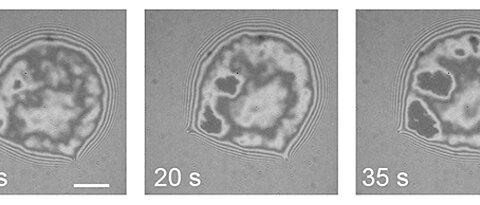
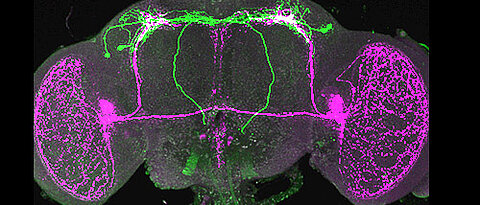
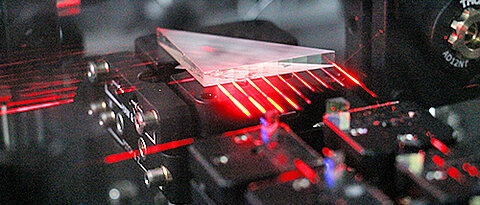
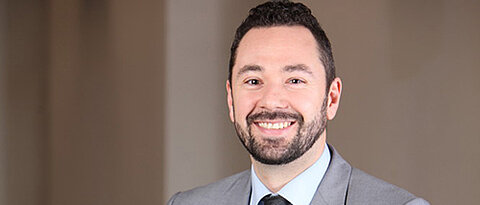
![[Translate to Englisch:] Fotos von einer Venusfliegenfalle, ihre Drüsen unter dem Mikroskop und schematische Darstellung der Vorgänge, die zur Sekretion führen. (Bild: Sönke Scherzer/Dirk Becker)](/fileadmin/_processed_/8/9/csm_0420venus-druesen-w_887ab24338.jpg)
